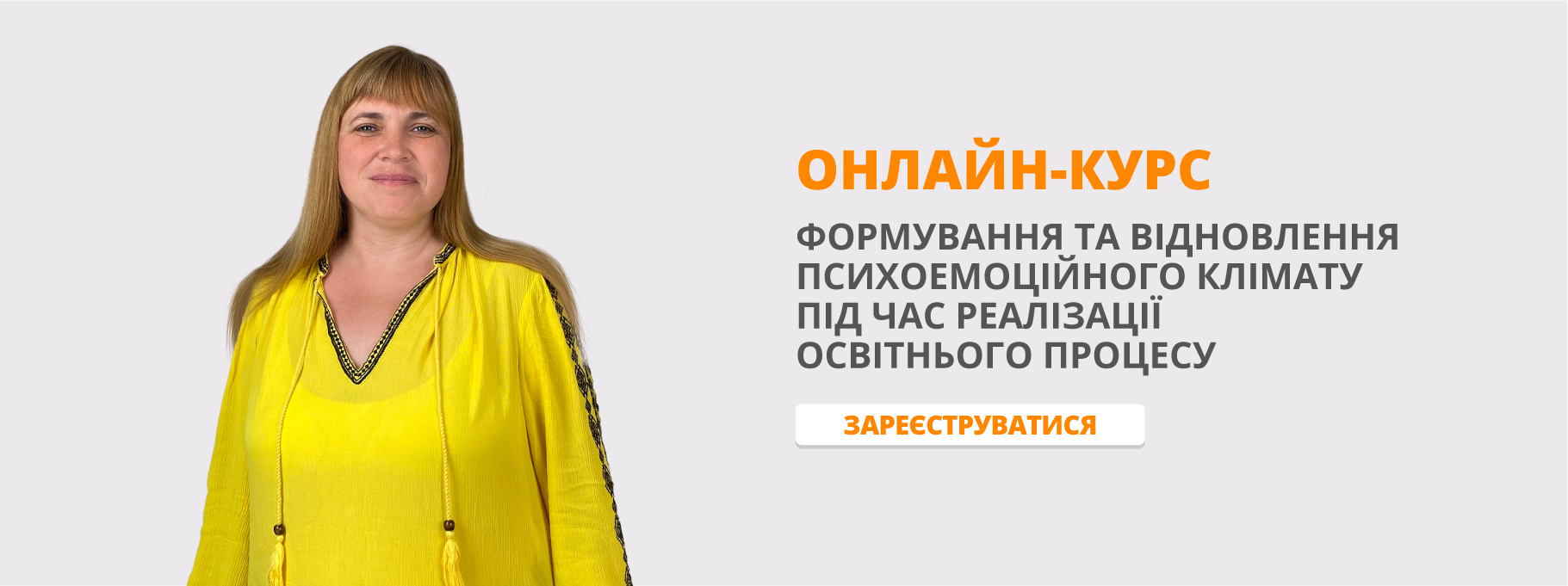Бінарний урок "Новий рік у Великобританії та Франції"
Topic: “THE NEW YEAR IN GREAT BRITAIN AND FRANCE”.
Aim and objectives:
- to develop pupils` speaking, reading, writing, listening skills through various creative activities;
- to introduce and practice vocabulary;
- to develop socio-cultural competence.
Equipment: illustrations, texts, poems, printed material (tasks): Fill in the missing words and answer the questions.
PROCEDURE
Introducing the topic and the aim.
English Teacher: - Good morning, children! Nice to see you!
Children: - Good morning, Teacher! We are nice to see you, too.
English Teacher: The topic of our lesson is the New Year in Great Britain and France. Our lesson is not traditional one. First of all I should mention that it is the binary English and French lesson. At our lesson you`ll get acquaintance how British and French people celebrate the New Year. You`ll visit these wonderful countries in 45 minutes. You`ll speak, read, listen and write; you`ll compare English and French customs and traditions of celebrating New Year.
Le professeur de français: - Bonjour, mes amis!
Elèves : - Bonjour, madame !
Prof : On commence notre lesson . Aujourd’hui le sujet de notre leçon est « le Nouvel An en France et en Grande Bretagne ». Vers la fin de la leçon vous pourrez parler du Nouvel An en France et Grande Bretagne ; lire et comprendre les textes en utilisant les mots nouveaux ; écouter et comprendre le texte inconnu ; remplir une tâche.
WARMING UP
English Teacher : Your task is to read the poems in English and French and discuss it, answering the questions.
A poem “A New Year Greeting”.
A New Year greeting I want to give you lots of love
Warm and most sincere: And want to say right here:
To wish you every happiness Have a happy New Year`s Day
Throughout the coming year! And then a happy year!
Discussion / Teacher – Class /
- Do you like to receive greetings from your friends and relatives?
- Do you like to send greetings to your friends and relatives?
- What do you usually wish in your greetings for the New Year?
- Can you turn to your neighbor with the New Year greeting?
Le professeur de français:
Un poème “Le Nouvel An”.
La neige tombe sur les champs Au dernier coup de minuit,
Et les villages endormis. La vieille année s`enfuit, s`enfuit...
La vieille anné aux cheveux gris Le Nouvel An en chapeau blanc
Cèse sa place au Nouvel An. Vient dire bonjour aux enfants.
Conversation / Professeur – La classe/
- En quelle saison sommes-nous ?
- Quel est le premier mois de l`année ?
- Quand fêtons-nous le Nouvel An ?
- Aimes-tu la fête du Nouvel An ? Pourqoui ?
THE MAIN PART OF THE LESSON
English Teacher: Eliciting. What things do you associate with the words “NEW YEAR`S DAY?”
P1: to celebrate;
P2: Santa Claus;
P3: to dance and sing;
P4: presents;
P5: New Year party;
P6: to send greetings;
P7: to decorate the New Year`s Tree;
P8: traditions;
P9: to play games.
English Teacher: That`s right.
Le professeur de français : Lisez les groupes de mots en français, écrivez dans votre vocabulaire. Trouvez le sens des mots :
Lexique
venir Дід Мороз
s`amuser великий концерт
chanter et danser мати добру традицію
fêter ensemble робити новорічні подарунки
la place centrale вітати з Новим роком
le père Noël бажати щастя і здоров`я
la Fille des Neiges Снігуронька
un grand concert приходити
souhaiter la bonne année центральна площа
avoir une bonne tradition святкувати разом
donner les étrennes співати і танцювати
souhaiter du bonheur et une bonne santé веселитися, розважатися
English Teacher: - What are the New Year traditions in your family?
- How do you prepare for this holiday?
- What do you know about how New Year is celebrated in different countries?
/Pupils answer/
English Teacher: So today you`ll also get acquaintance with the customs and traditions of celebrating the New Year in Great Britain and France.
Listen to the text: “New Year in England” and fill in the missing words in the text.
Words: celebrating, New Year resolutions , ignore, are decorated, knighthoods, television, the Chimes, show, in the newspapers, widely observed, merry music,
common type, a toast, crowds, cold meat, pies, sandwiches, festivities, falls, celebrate.
“New Year in England”.
In England the New Year is not as ___________ _________ as Christmas.
Some people ____________ it. Many others do ____________ the New Year. The most___________ _______ of celebration is a New Year party. It begins at 8 pm and goes on until morning. There is a buffet supper of _______ _______, ______, _______________, cakes and biscuits. At midnight everyone can hear __________________ of Big Ben and drink _____________ to the New Year. Then the party goes on.
Another way of _______________ is to go to a New Year`s dance. Dance halls ____________________________ and there are several bands playing ___________ ___________.
The most famous celebration is in London round the statue in Piccadilly Circus where ____________ welcome the New Year. In Trafalgar Square someone usually _________ into the fountain.
Some people watch others celebrating on _____________. There are no traditional English New Year _____________, and television producers _________ Scottish ones. Some people send New Year cards and give presents and make “_______ ________ ___________________”.
On New Year`s Day the “The New Year Honours list “ is published ___________________________ of those who are to be given ______________ etc.
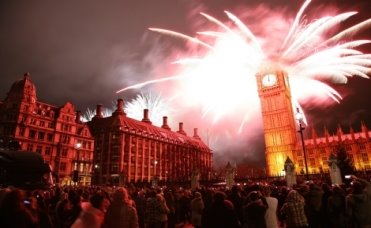
“New Year in Scotland”.
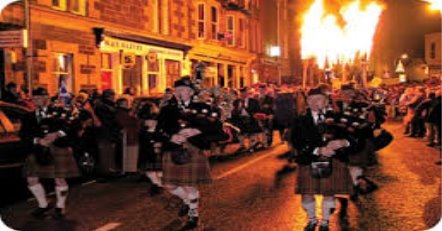
New Year`s Eve in Scotland is called Hogmanay. It is time for merrymaking and giving of presents. There is the Flamebeaux procession of town folk in fancy dress. They throw the torches into a pile and dance around the blaze.
In Scotland an old custom of First-Footing is still observed. The first person to enter a house on New Year Day should be a dark-haired or fair-haired man. He should bring a piece of coal, a fish and a piece of bread.
Brass and silver must be glittered and fresh linen must be put on the beds.
All work must be finished, all bills must be paid and the letters written. There must be plum puddings, apples and lemons, tangerines and toffee. The traditional gathering place is the Mercat Cross. Towards midnight crowd awaits “The Chapplin o` the Twal” – the striking of 12 o`clock.
Le professeur de français : Dans tous les pays , on aime la fête du Nouvel An. Il y a beaucoup de façons de commencer joyeusement l`année. Ecoutez les textes « Bonne Année » et « Jour de l`An » et faites les tâches :
- Mettez un croix (x) devant les réponses vraies.
- Comment s`appelle le premier janvier en France ?
- le Nouvel An ;
- le Premier de l`An;
- le Jour de l`An.
- Est-ce que c`est un jour férié ?
- oui , on ne travaille pas ;
- non, ce n`est pas un jour férié, les Français travaillent .
- Comment passe-t-on la nuit du 31 décembre au1 janvier, d`habitude ?
- en famille ;
- avec des amis .
« Bonne Année »
En France, le premier janvier s`appelle le Premier de l`An, parce que c`est vraiment le premier jour de l`année nouvelle. C`est un jour férié : on ne travaille pas . D`habitude, on passe la nuit du 31 décembre au 1 janvier avec des amis au restaurant, au café ou à la maison. On se souhaite une bonne et heureuse année.
Traduisez en français :
- Новий рік – світське життя.
- Воно дає нагоду побажати друзям і рідним всього найкращого у Новому році.
- Зустрічають Новий рік у ніч з 31 грудня на 1 січня з друзями або рідними.
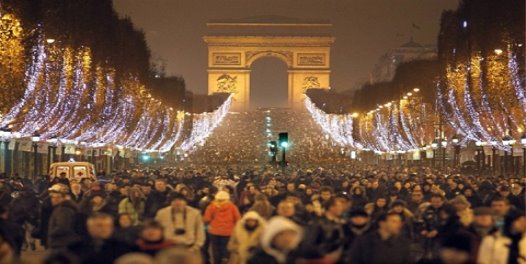
« Jour de l`An »
C`est une fête laÏque, il indique le changement d`année civile et correspond à la fois à la Saint-Sylvestre qui marque le dernier jour de l`année et se retrouve dans l`ancien cycle des douze jours qui va de Noël à l`Epiphanie.
Ce sera l`occasion de souhaiter à tous ses amis et parents :
Bonne Année ! Bonne Santé !
Bonne et heureuse année !
Mes meilleurs voeux, pour vous et les vôtres !
Tous mes voeux pour la nouvelle année !
Avec mes meilleurs voeux pour la nouvelle année !
Tous les souhaits sont les bienvenus.
Pour la nuit du Jour de l`An, nuit du 31 décembre au 1 janvier, il est habituel de « réveillonner », c`est-à-dire de sortir avec des amis ou bien de les inviter à la maison, pour manger ensemble, pour danser.
SUMMING UP.
English Teacher: - What things concerning New Year`s Day in Great Britain impressed you most of all?
- What activities have we done today?
- What greetings do you know?
Le professeur de français: - Est-ce que vous aimez le 1 janvier? Pourquoi ?
- Où fêtent les Français le Nouvel An ?
- Quand célébrons-nous le Nouvel An ?
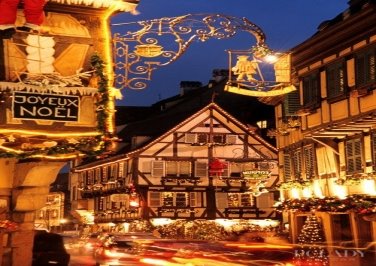
English Teacher: Write a greeting card to someone from your relatives or friends. Wish them health, happiness and success.
Le professeur de français :
Ecrivez une carte postale à vos amis ou vos parents. Souhaitez la santé, le bonheur et le succès.


про публікацію авторської розробки
Додати розробку
